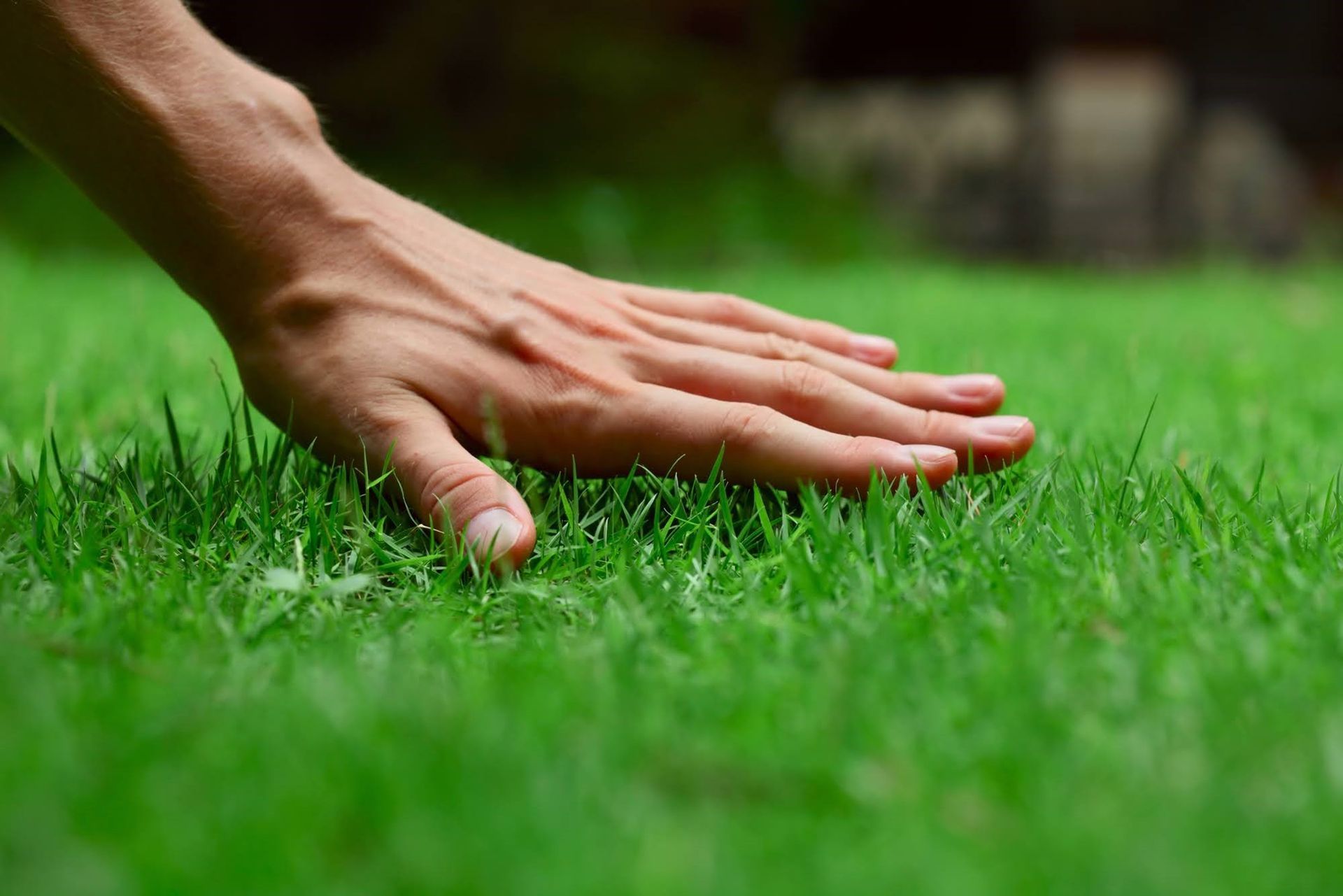Understanding the Popular Sod Grass St. Augustine
- By Admin
- •
- 05 Feb, 2020
- •
Landscapers have many different varieties of grass to choose from, even when they start with sod. One option is St. Augustine grass. This robust grass features a coarse texture that propagates when the nodes take root. As a result, lawns of St. Augustine sod grass are dense and springy. The blades themselves are an attractive blue-green.
If you're trying to choose a grass type for your sodded lawn, St. Augustine might be an option. Keep reading for the essential information about this tropical grass.
Origin of St. Augustine Grass
St. Augustine is a turfgrass that originated in tropical regions such as the following:
- The United States Gulf Coast
- Southern Mexico
- Caribbean
- South America
- South Africa
- Australia
It's native to sandy beach ridges, marshes, swamps, and lagoons. Because of its tropical origin, St. Augustine is a warm-season grass. Therefore, it thrives in hot regions. Indeed, its peak growing time is midsummer.
Cultivars of St. Augustine Grass
Turf farmers have propagated St. Augustine grass for two centuries. In that time, they have developed several cultivars, each of which has its own attributes.
One popular cultivar is Floratam, which is widely planted in Florida. While this cultivar isn't as resistant to chinch bugs as was once hoped, it is exceptional for very sunny areas. The Captiva cultivar is better both at resisting chinch bugs and at tolerating shade. Delta Shade, as the name suggests, is exceptional at tolerating shady areas.
Typically, turf farmers will feature sod with grass cultivars that are especially well-adapted for their target region. So, you should only need to talk to them about the specifics of your yard.
Pros and Cons of St. Augustine Grass
St. Augustine grass does have a few minor issues. The turfgrass is neither deep shade-tolerant nor adaptable for high-traffic areas. It can also fall prey to certain pests and diseases, such as chinch bugs and gray leaf spot. For those reasons, St. Augustine grass is not perfect for every single lawn project. You might need to take extra care in certain conditions.
That said, St. Augustine grass is ideal for some conditions. Usually, warm-season grasses don't tolerate any shade, but St. Augustine does tolerate more than other warm-season grasses. What's more, while it won't thrive in heavy traffic areas, its turf is dense enough to stand up well to normal foot traffic, such as that present in a backyard lawn.
Indeed, the dense, soft, blue-green turfgrass is prized for backyards. That dense turf weave also makes it especially resistant to weeds. What's more, one of St. Augustine's defining characteristics is that it's unusually tolerant of salt. Therefore, it's an ideal turfgrass for coastal regions, which isn't surprising considering its tropical origins.
Care for St. Augustine Sod Grass
All grass requires general maintenance, such as watering and mowing. However, when you adhere to the specific maintenance requirements of a grass type, your sodded lawn is more likely to thrive.
In late winter and early spring, you should mow your St. Augustine lawn a little lower than its summer height, say between 2 to 2 ½ inches high. Likewise, rake up the lawn clippings and any other debris. Indeed, if you see that the thatch has become too thick, you should use a dethatcher to remove it. This is also the ideal time for aeration.
Come summer, you should leave your St. Augustine grass at a height of 3 to 4 inches. Summer is a good time to fertilize according to a specific schedule - your turf experts can advise you about this schedule. In fact, you might leave fertilization to them, at least at this stage.
Once the cold weather hits, you'll want to leave the grass blades a little longer so they can acclimate to the cold. You'll also want to apply winter fertilizer. If weeds are a problem in your area, you might consider an herbicide to control them over the winter months.
Consider St. Augustine grass if you're in a hot climate, especially along the coast. Contact Wright Turf Farms for more information about this or any other sod grass.










